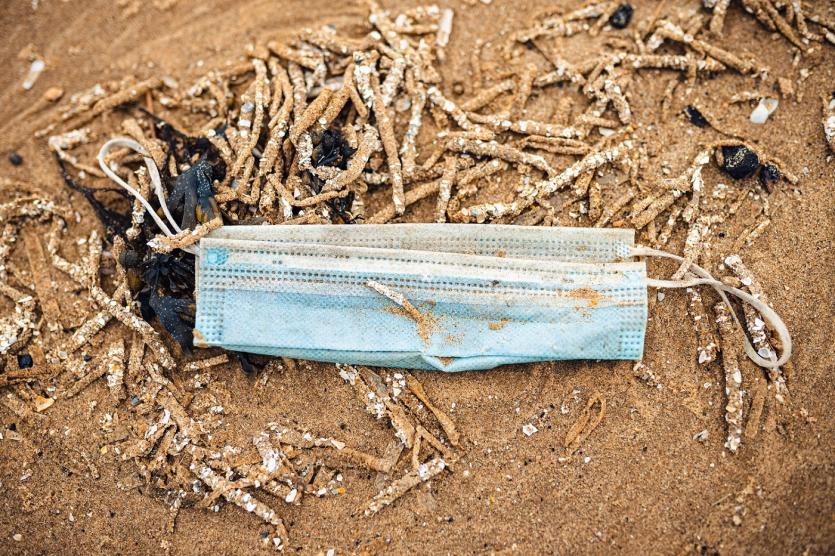Photo by Jonathan Farber on Unsplash
By Patryk Krych | The World Daily | NOVEMBER 10th 2021
Over the course of the Covid-19 pandemic that had ravaged the world, plenty of medical waste had been produced as a result. A recent study found, however, that around 26,00 tonnes of that waste had ended up polluting the oceans.
The findings of the study, which was conducted by researchers from China and the United States, had been published in the Proceedings of the National Academy of Sciences journal. It was found that around 8 million metric tonnes of medical waste related to the pandemic had been produced since the start of the outbreak by 193 countries, with a lot of it ending up in the oceans.
“Better management of medical waste in epicenters, especially in developing countries, is necessary,” wrote the researchers, calling for the development of materials that are friendlier to the environment throughout the report.
According to the researchers, the vast majority of plastic waste that ends up entering the world’s oceans often does so through the major rivers. A further look into some of the most pandemic-polluted rivers turned up that the top three were all in Asia.
These include the Yangtze River which flows out and empties into the East China Sea, as well as the Shatt al-Arab river which is known to lead into the Persian Gulf; and the Indus River which empties into the Arabian Sea. All three were found to have an abundance of pandemic-produced plastics polluting them.
“Governments should also mount public information campaigns not only regarding the proper collection and management of pandemic-related plastic waste , but also their judicial use,” said the global coordinator of advocacy group Break Free From Plastic, Von Hernandez. “This includes advocating the use of reusable masks and PPEs for the general public ... especially if one is not working in the front lines.”
Despite Asia only having had 30% of all reported Covid cases, it was found through the study that they were responsible for at least 72% of all pandemic-related plastic discharge. The research states that this is due to a much higher use of single-use, disposable plastics, as well as much laxer methods of waste treatment in certain parts of the continent – particularly in China and India.
Countries hit much worse by the pandemic, such as Europe and North America, however, had been found to have produced much less pandemic waste by comparison.






